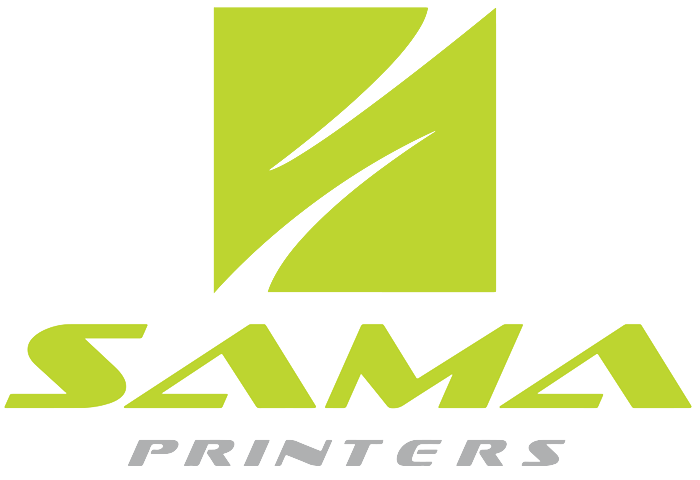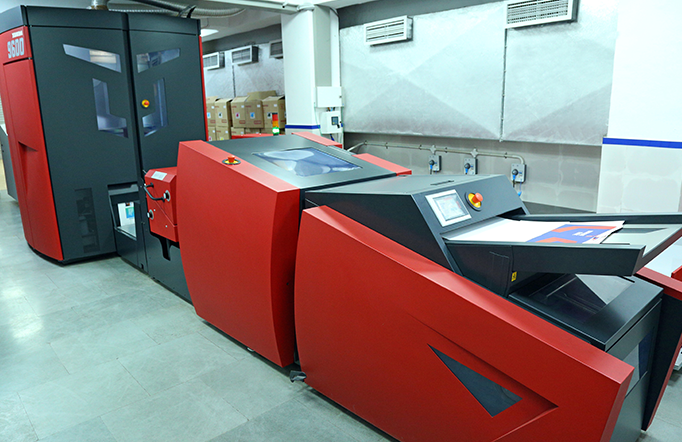Embarking on the journey of self-publishing is an exciting venture, and having completed your book, the pivotal step that follows is bringing your creation to life through the intricate process of printing.
While book printing might not carry the glitz of creative writing, it is an indispensable phase that applies universally to every physical copy, regardless of the genre—be it children’s books, captivating photography, inventive comic book art, or any independent writing endeavor. Mastering the nuances of the book printing process is paramount, influencing both the outcome and the financial investment of your project.
In this exploration, we delve into the fundamental steps essential for professionally printing your book. We navigate through the array of printing options available to self-publishers, meticulously weighing the pros and cons of each. Demystifying key printing terminologies such as paper types, binding options, ISBN, barcodes, and the proofing process is part of our mission.
Armed with this comprehensive knowledge, you will gain the confidence to traverse the intricacies of the printing process, ensuring that your book aligns with the standards of bestselling prints. Recognizing the significance of budget constraints, we also provide valuable strategies to help you manage printing costs judiciously while upholding the uncompromised quality of your literary creation.
Book printing options
Two primary options to consider when printing your self-published book are offset printing and print-on-demand (POD). Each method has its benefits and drawbacks. But in most cases, POD often works best for self-published creators, while offset printing can be more efficient for publishing houses working with established authors.
What is offset printing?
Offset printing is a traditional, cost-effective method suited for large print runs. It involves creating metal plates to transfer ink onto rubber blankets and, finally, onto the printing surface. This process is the industry standard for delivering high-quality results in large quantities. It’s ideal for creators with a substantial demand for their books.


